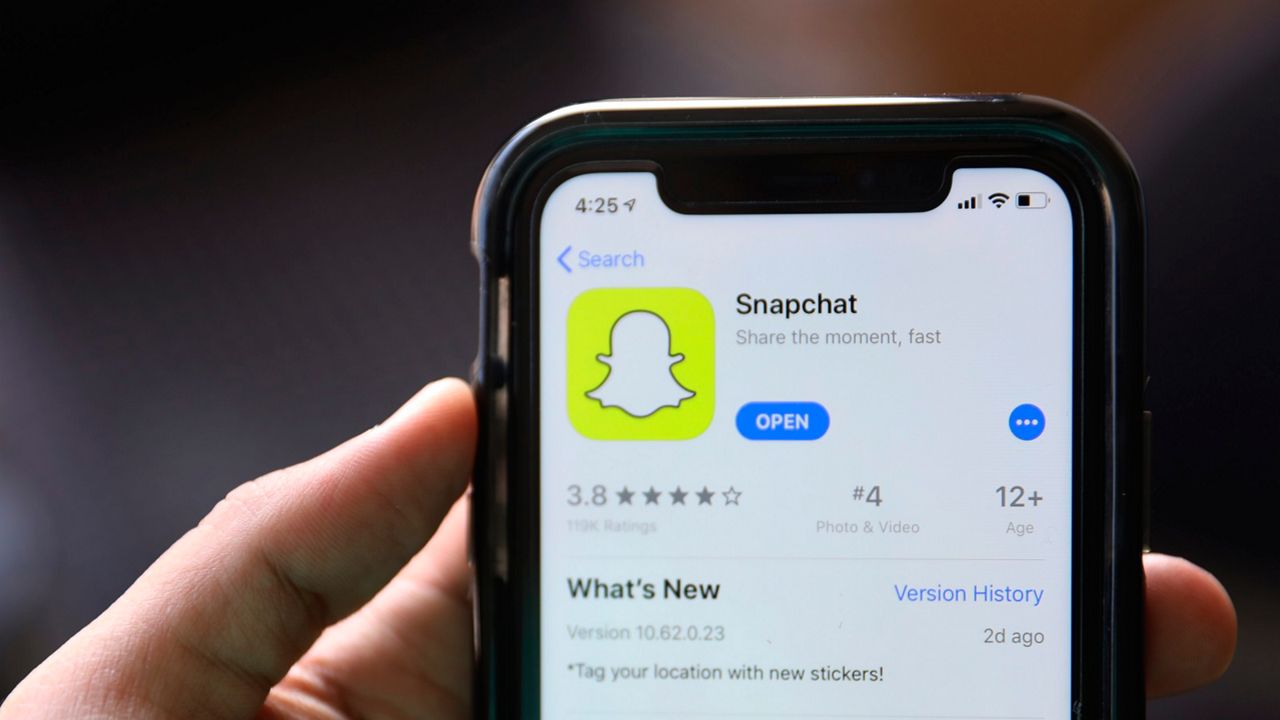Social media platform Snapchat unveiled a new in-app tool meant to offer parents more insight into who their children have been communicating with – but not the content of those messages, the company said Tuesday.
The new “Family Center” will give parents and guardians several options: they can view their children’s friends, see who their children are communicating with and report suspected abuse. In the coming weeks, Snapchat plans to roll out a service allowing parents to see their children’s newly-added friends.
Come this fall, the Family Center will include give users the ability to notify their parents after they have reported abusive content or accounts.
“While we closely moderate and curate both our content and entertainment platforms, and don’t allow unvetted content to reach a large audience on Snapchat, we know each family has different views on what content is appropriate for their teens and want to give them the option to make those personal decisions,” the company wrote in a statement.
One catch: both parents and their children have to opt into the service.
Nona Farahnik Yadegar, Snap's director of platform policy and social impact, likens it to parents wanting to know who their kids are going out with.
If kids are headed out to a friend's house or are meeting up at the mall, she said, parents will typically ask, “Hey, who are you going to meet up with? How do you know them?” The new tool, she said, aims to give parents ”the insight they really want to have in order to have these conversations with their teen while preserving teen privacy and autonomy.”
Snapchat is hardly the only social media platform to give parents greater access to their children’s accounts in recent months.
As concerns about social media’s harmful effects on teens continue to rise, platforms from Snapchat to TikTok to Instagram are bolting on new features they say will make their services safer and more age appropriate. But the changes rarely address the elephant in the room — the algorithms pushing endless content that can drag anyone, not just teens, into harmful rabbit holes.
The tools do offer some help, such as blocking strangers from messaging kids. But they also share some deeper flaws, starting with the fact that teenagers can get around limits if they lie about their age. The platforms also place the burden of enforcement on parents. And they do little or nothing to screen for inappropriate and harmful material served up by algorithms that can affect teens’ mental and physical well-being.
TikTok is the most popular social app U.S. teenagers use, according to a new report out Wednesday from the Pew Research Center, which found that 67% say they use the Chinese-owned video sharing platform. The company has said that it focuses on age-appropriate experiences, noting that some features, such as direct messaging, are not available to younger users. It says features such as a screen-time management tool help young people and parents moderate how long children spend on the app and what they see. But critics note such controls are leaky at best.
“It’s really easy for kids to try to get past these these features and just go off on their own,” said Ly of Common Sense Media.
Instagram, which is owned by Facebook parent Meta, is the second most popular app with teens, Pew found, with 62% saying they use it, followed by Snapchat with 59%. Not surprisingly, only 32% of teens reported ever having used Facebook, down from 71% in 2014 and 2015, according to the report.



